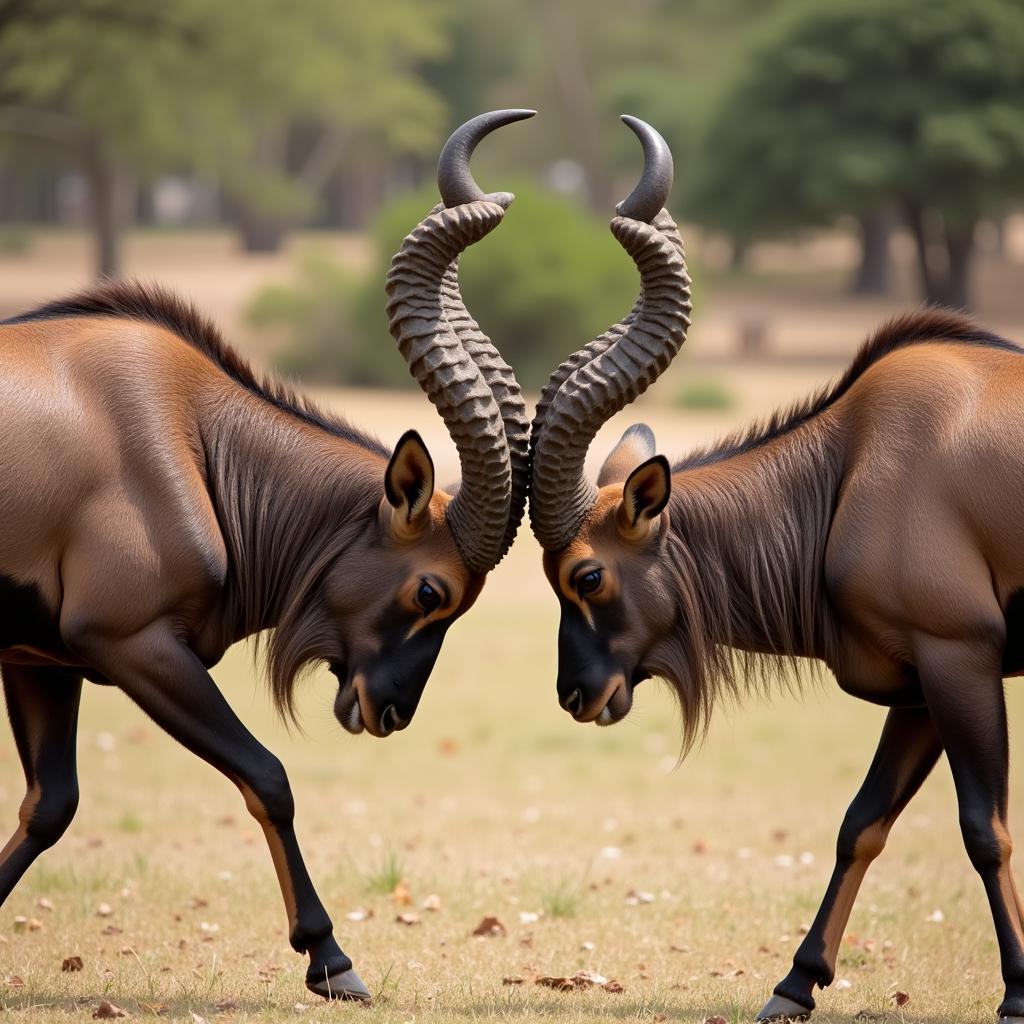Exploring African Countries Bordering the Indian Ocean
The vibrant coastlines of numerous African countries border the Indian Ocean, creating a melting pot of cultures, economies, and ecosystems. This article delves into the unique characteristics of these nations, exploring their rich history, diverse wildlife, and the significance of their geographical location. We’ll journey from the bustling ports of East Africa to the tranquil islands of the Indian Ocean, uncovering the interconnectedness of these coastal communities and their shared ocean heritage.
The Eastern African Coastal Gems: A Blend of Cultures and Commerce
Several East African nations share a border with the Indian Ocean. These countries, including Somalia, Kenya, Tanzania, Mozambique, and Madagascar, boast a rich tapestry of cultures, influenced by centuries of trade and migration. The Indian Ocean has been a vital trade route for millennia, connecting Africa to Asia, the Middle East, and Europe. This exchange has shaped the identity of these coastal nations, resulting in a fascinating blend of African, Arab, and European influences. african countries share border with indian ocean The bustling ports of Mombasa, Dar es Salaam, and Maputo are testaments to this historical significance, showcasing the continued importance of maritime trade in the region.
From the spice trade of ancient times to the modern-day export of commodities, these coastal economies are intrinsically linked to the Indian Ocean. The ocean provides livelihoods for millions, supporting fishing industries, tourism, and maritime transport. However, this reliance also brings challenges, including the need for sustainable resource management and the protection of fragile marine ecosystems.
The Unique Biodiversity of the Indian Ocean Coastline
The Indian Ocean teems with life, supporting a vast array of marine species, from the majestic whale shark to the vibrant coral reefs. The coastal regions of these African countries are home to diverse ecosystems, including mangrove forests, seagrass beds, and estuaries, which provide essential habitats for countless species.
These coastal ecosystems play a critical role in supporting local communities and protecting against coastal erosion. They also contribute significantly to global biodiversity, highlighting the importance of conservation efforts in the region.
Island Nations: Jewels of the Indian Ocean
Beyond the mainland, several island nations dot the Indian Ocean, forming part of the African continent. The Comoros, Seychelles, Mauritius, and Réunion (a French overseas department) are renowned for their pristine beaches, crystal-clear waters, and unique flora and fauna. These islands are havens for tourists seeking idyllic getaways and offer a glimpse into the diverse cultures and histories that have shaped these small island nations. african countries bordering indian ocean Tourism plays a crucial role in the economies of these island nations, attracting visitors from across the globe.
The Challenges Facing Indian Ocean Island Nations
While these island nations possess immense natural beauty, they also face unique challenges. Climate change poses a significant threat, with rising sea levels and increasing ocean temperatures impacting fragile ecosystems and coastal communities. Sustainable development and the preservation of these unique environments are crucial for the long-term well-being of these island populations.
“Protecting these vulnerable ecosystems is not just a local issue; it’s a global imperative,” says Dr. Amani Salim, a leading marine biologist based in Zanzibar. “The interconnectedness of the Indian Ocean means that what happens in one part of the ocean affects the entire region, and indeed, the world.”
Cultural Heritage and Linguistic Diversity along the Indian Ocean
The African countries bordering the Indian Ocean possess a rich cultural heritage shaped by their coastal location. Music, dance, and storytelling reflect the influences of various cultures that have interacted along these shores. Swahili, a Bantu language with Arabic influences, is widely spoken in East Africa and serves as a lingua franca along the coast. african countries having border with indian ocean The blending of languages and traditions reflects the interconnectedness of these coastal communities.
“The Indian Ocean has always been a bridge, not a barrier,” explains Professor Abdirahman Omar, a historian specializing in East African coastal cultures. “It has facilitated the exchange of ideas, goods, and traditions, creating a unique cultural mosaic.”
In conclusion, the African countries bordering the Indian Ocean share a unique and interconnected destiny. Their coastal location has shaped their histories, cultures, and economies. Protecting the rich biodiversity of the Indian Ocean and addressing the challenges posed by climate change are critical for the sustainable future of these nations.
FAQ
- Which African countries border the Indian Ocean? Several countries, including Somalia, Kenya, Tanzania, Mozambique, Madagascar, Comoros, Seychelles, Mauritius, and Réunion.
- What is the significance of the Indian Ocean for these countries? The Indian Ocean is vital for trade, fishing, tourism, and cultural exchange.
- What are some of the environmental challenges facing the region? Climate change, rising sea levels, and overfishing are major concerns.
- What is Swahili? Swahili is a Bantu language with Arabic influences, commonly spoken along the East African coast.
- Why is biodiversity conservation important in the Indian Ocean? The Indian Ocean supports a rich array of marine life and plays a crucial role in global biodiversity.
For further information or assistance, please contact us: Phone: +255768904061, Email: [email protected], or visit us at Mbarali DC Mawindi, Kangaga, Tanzania. We have a 24/7 customer support team.

